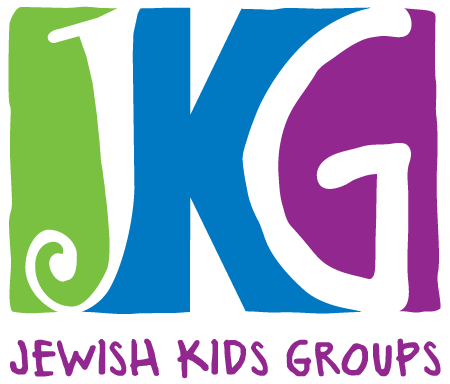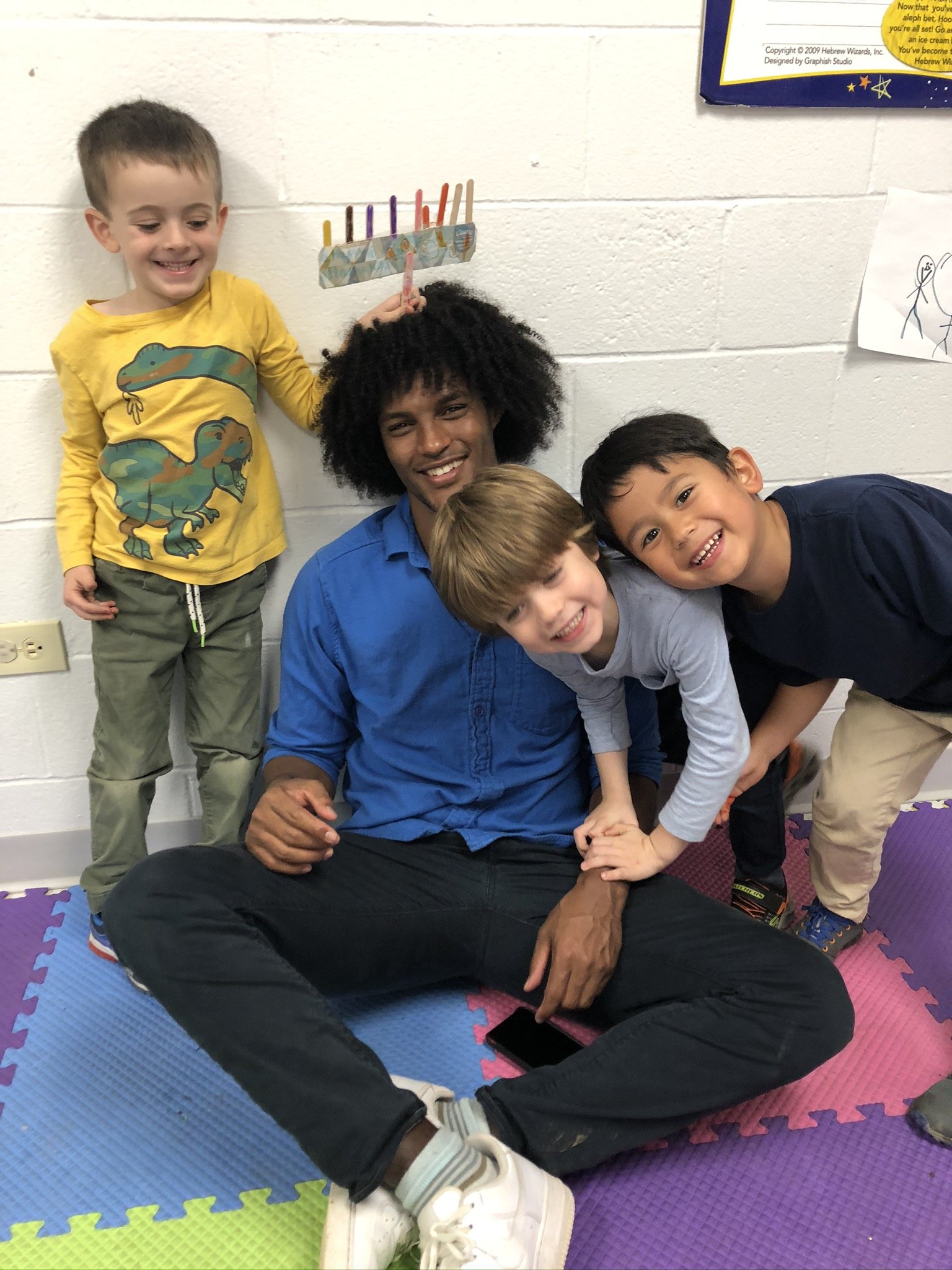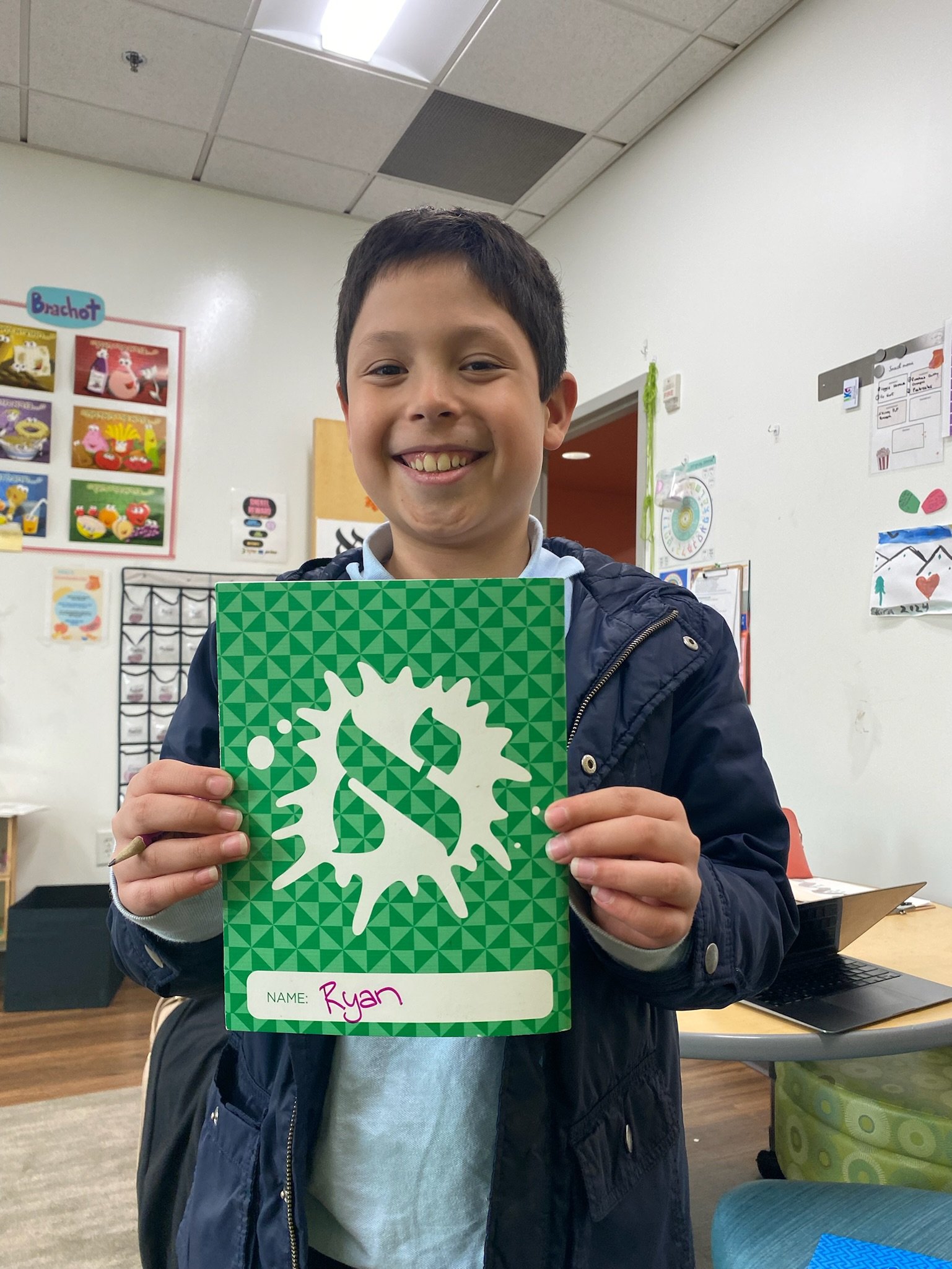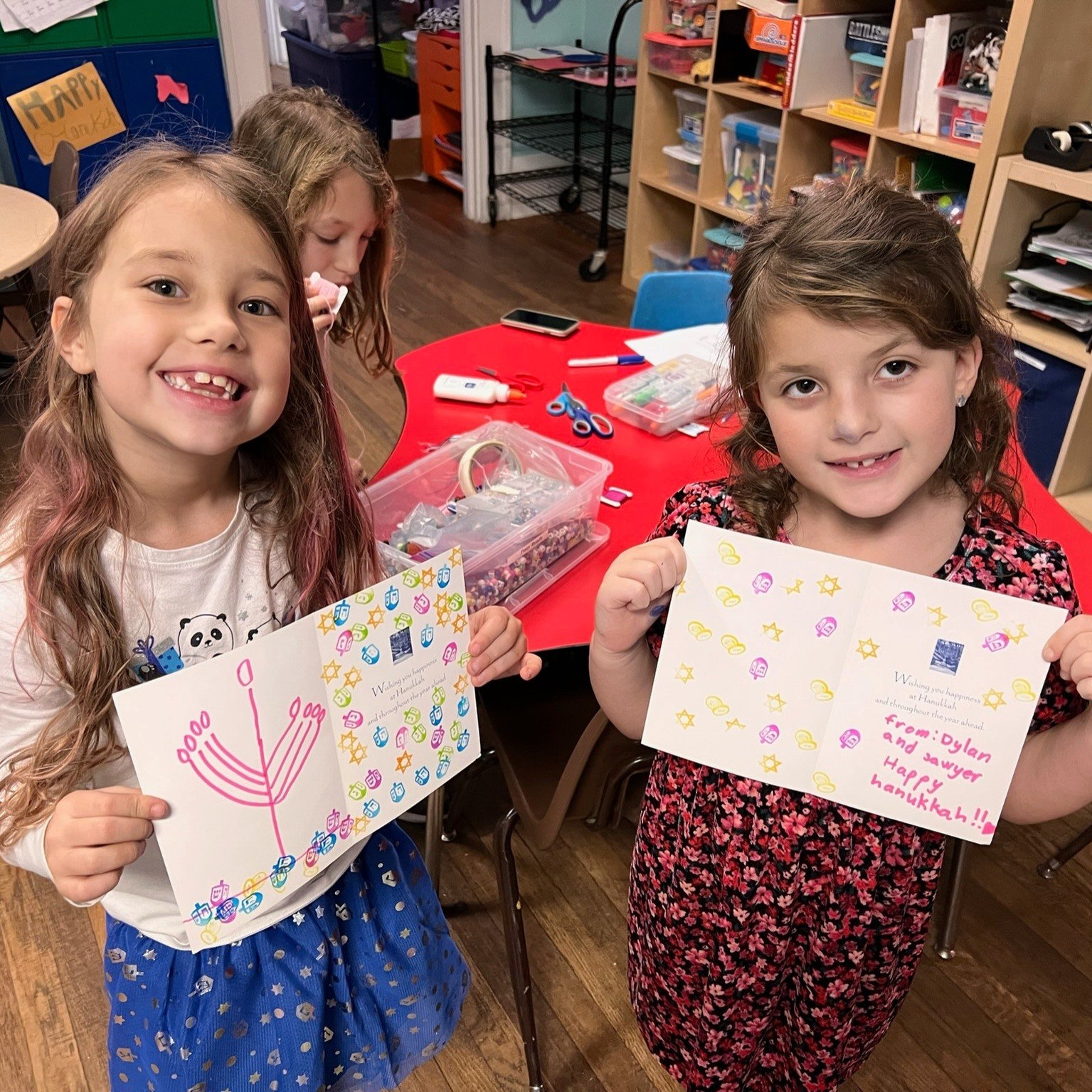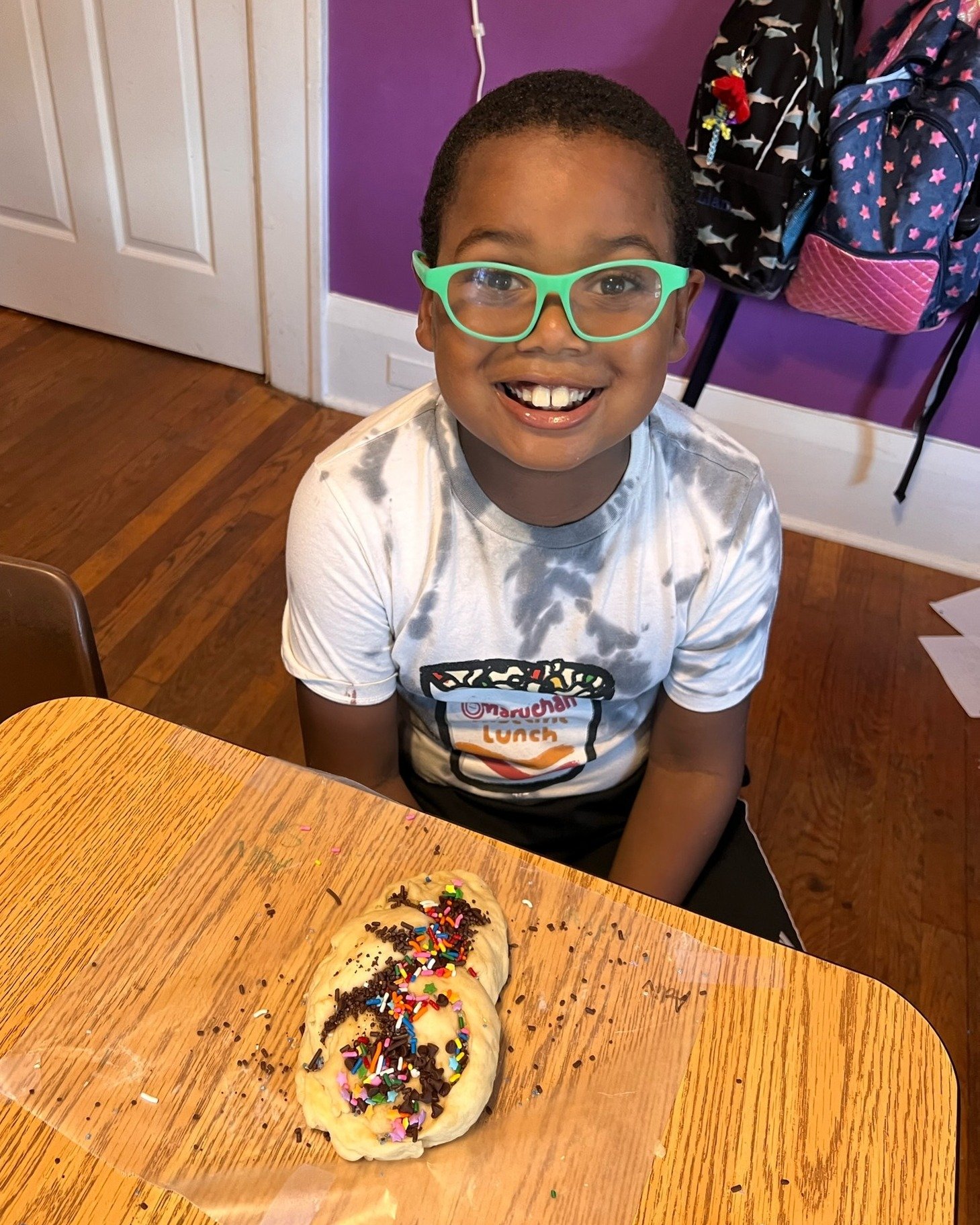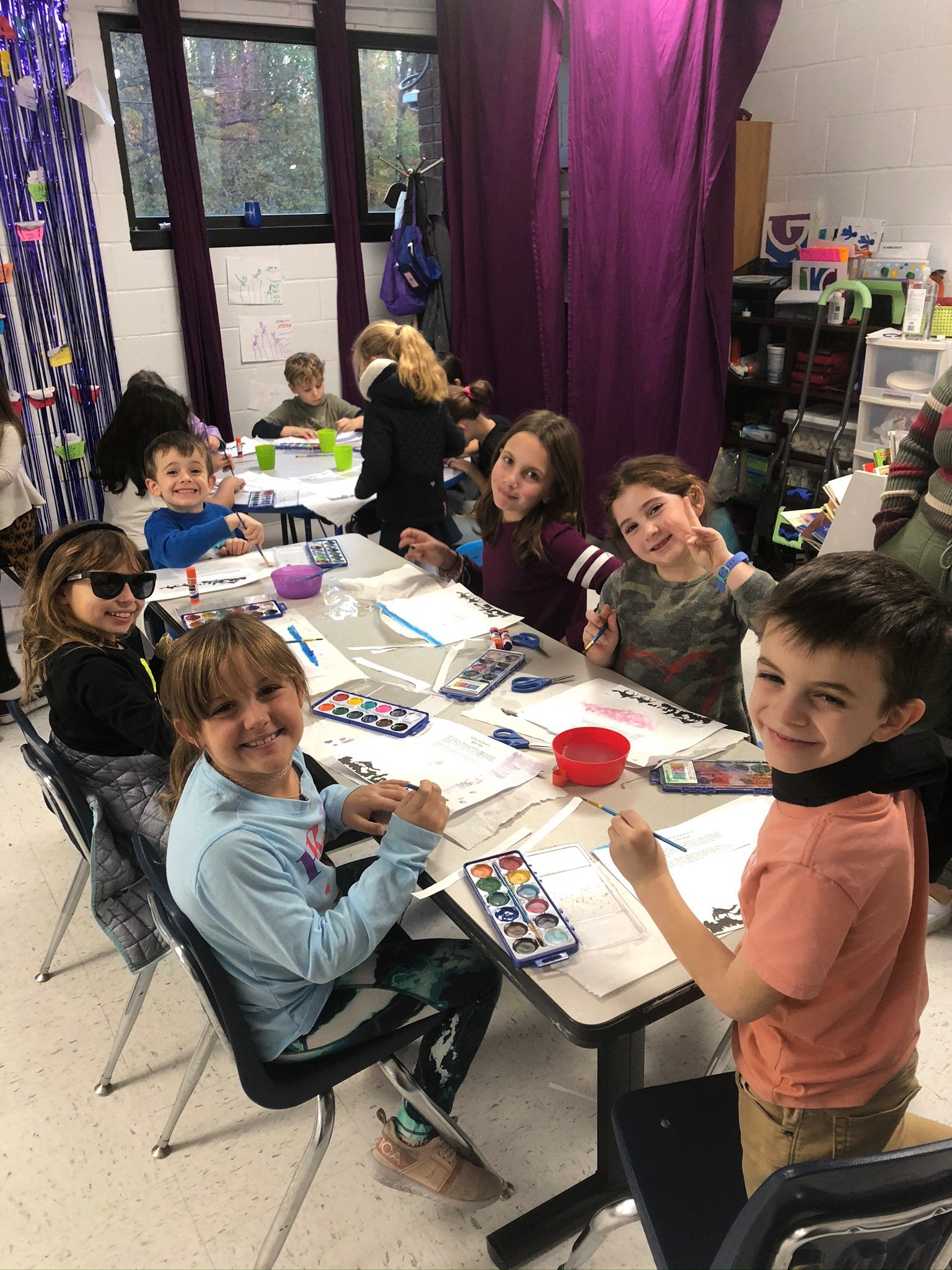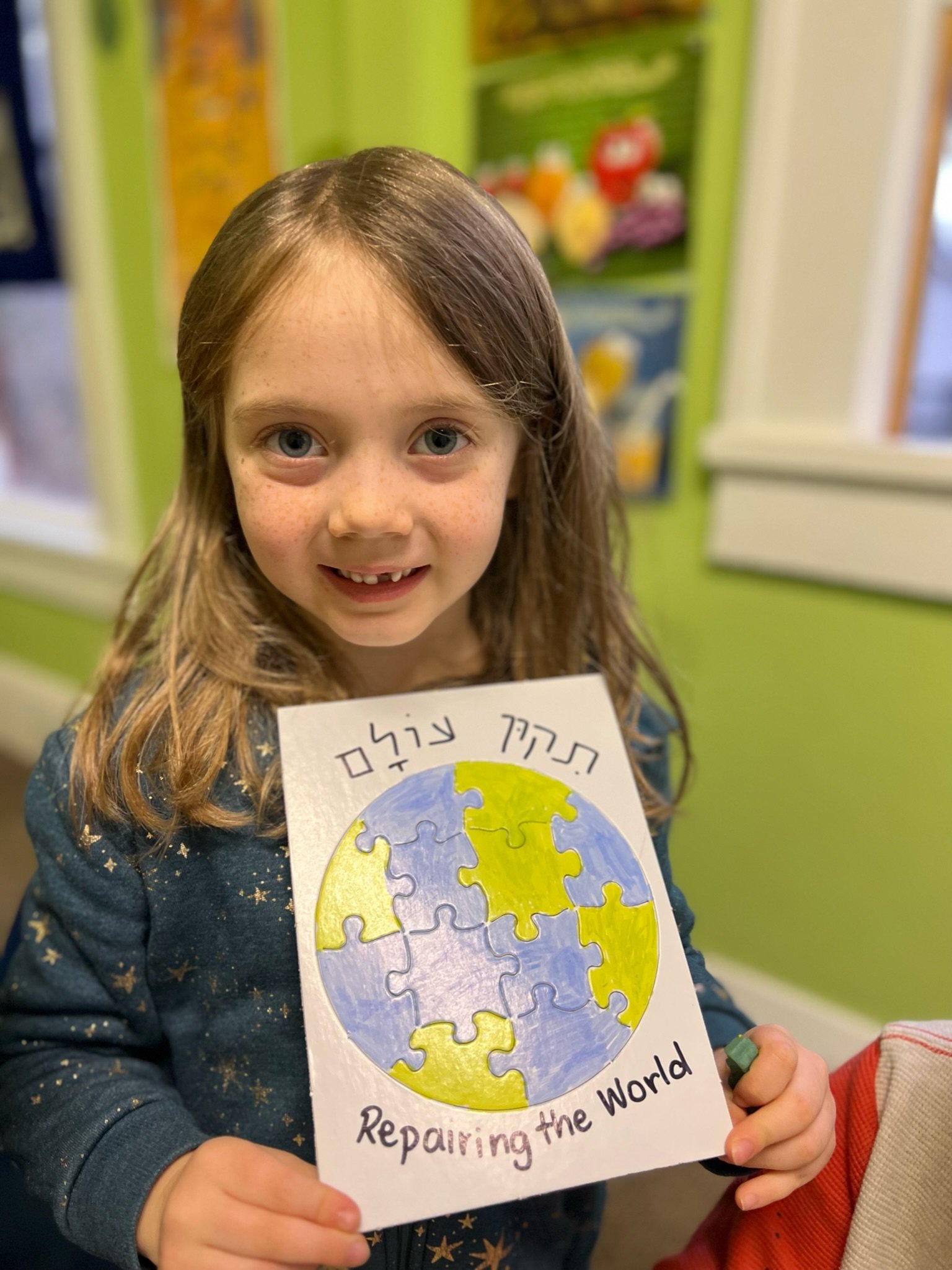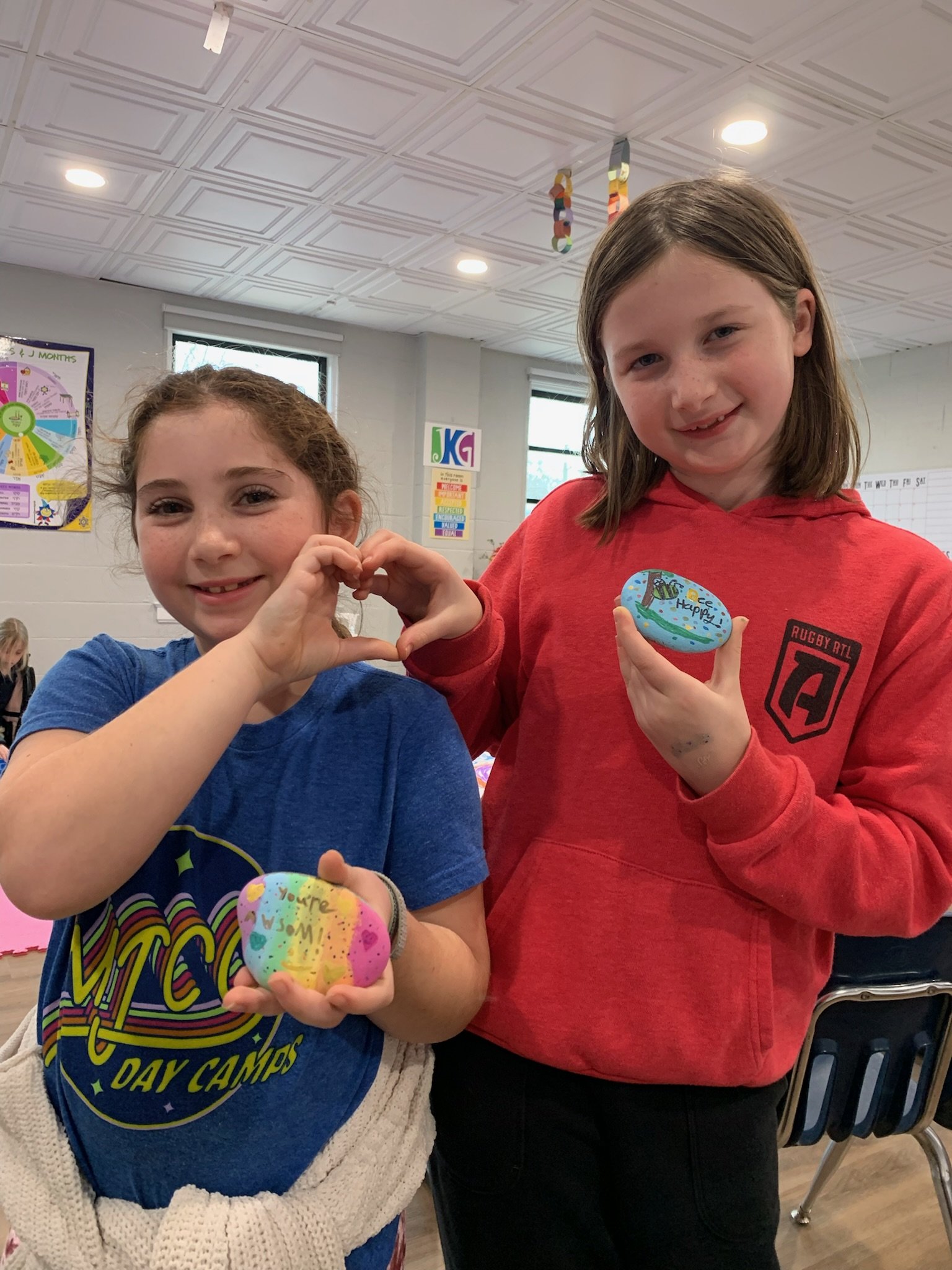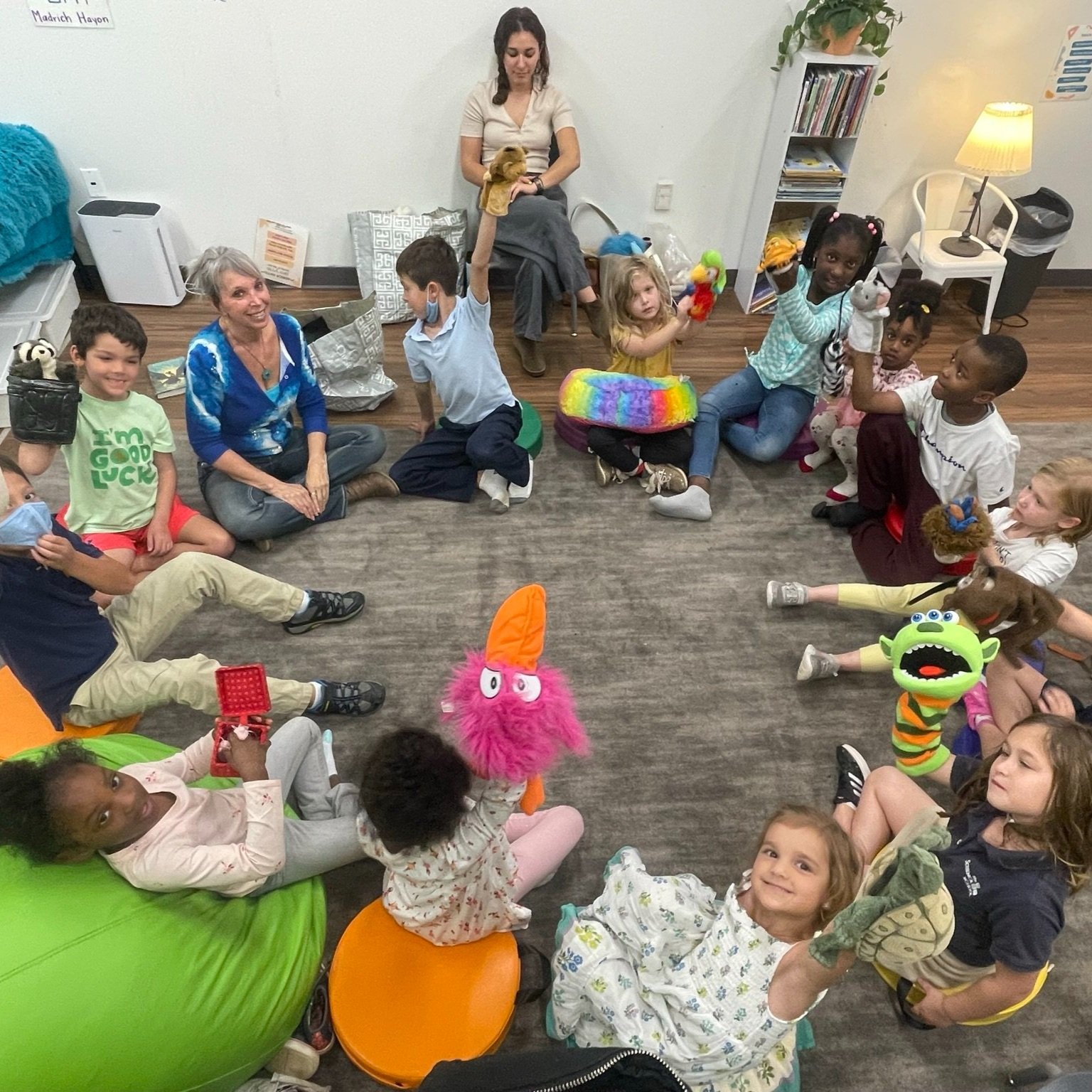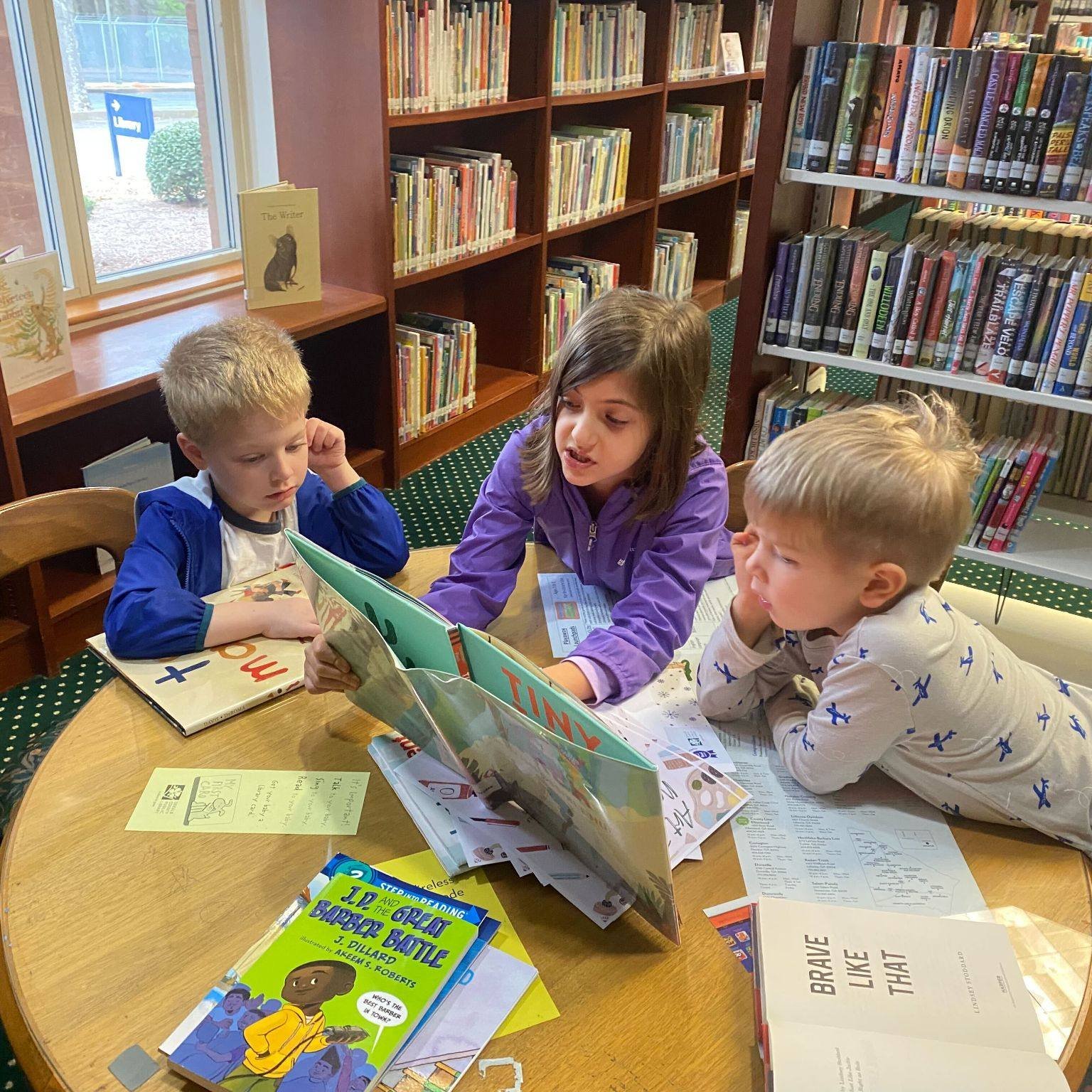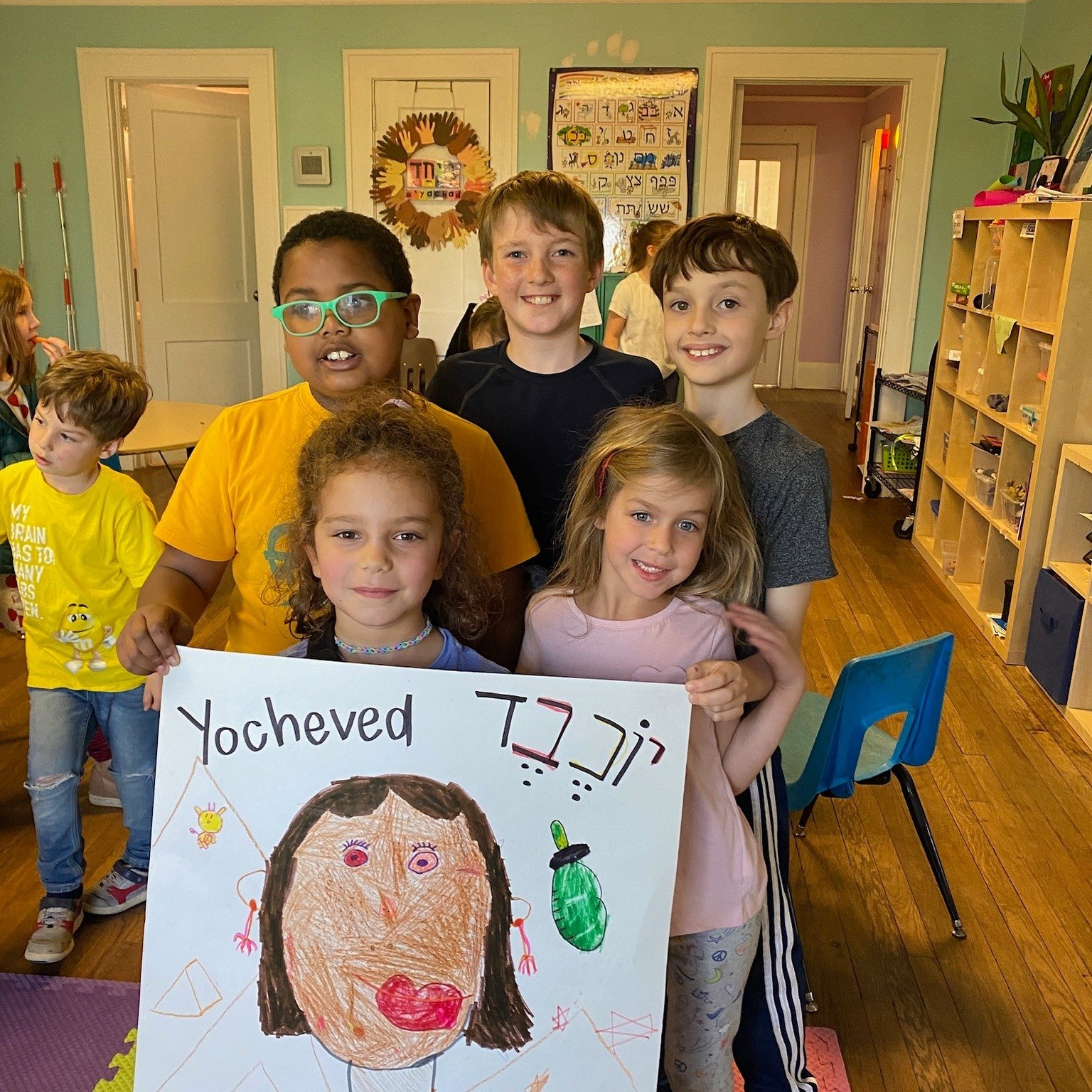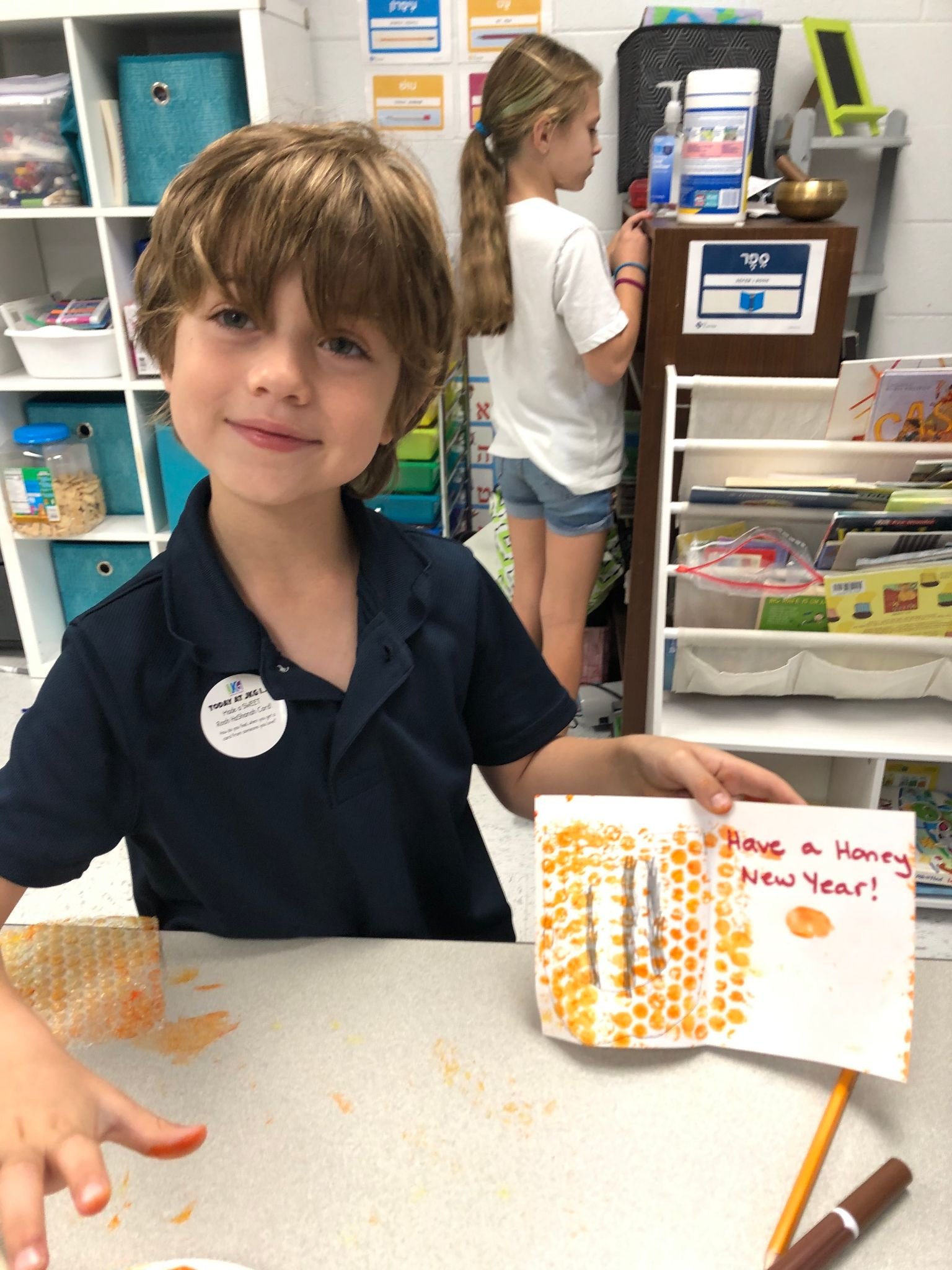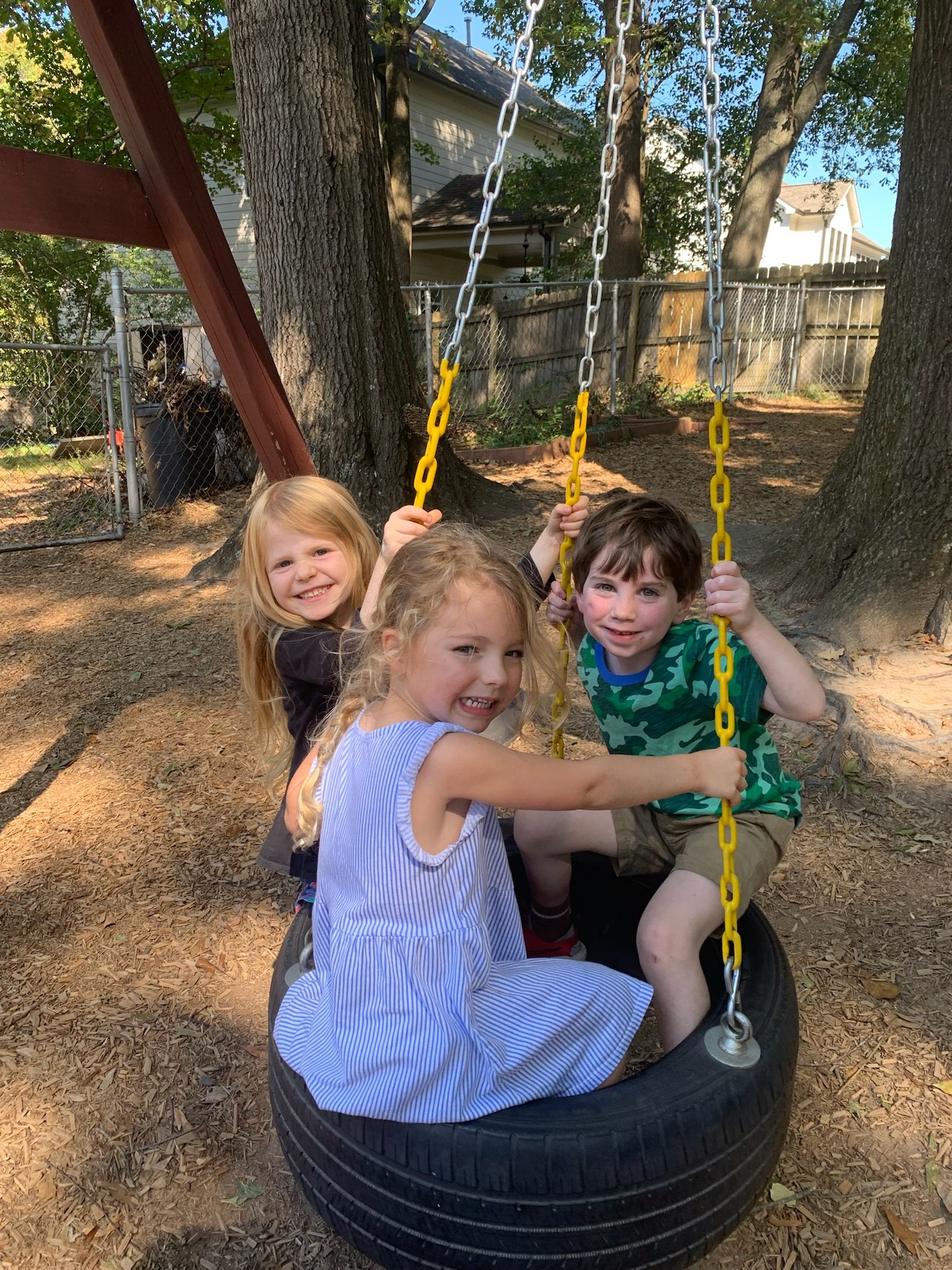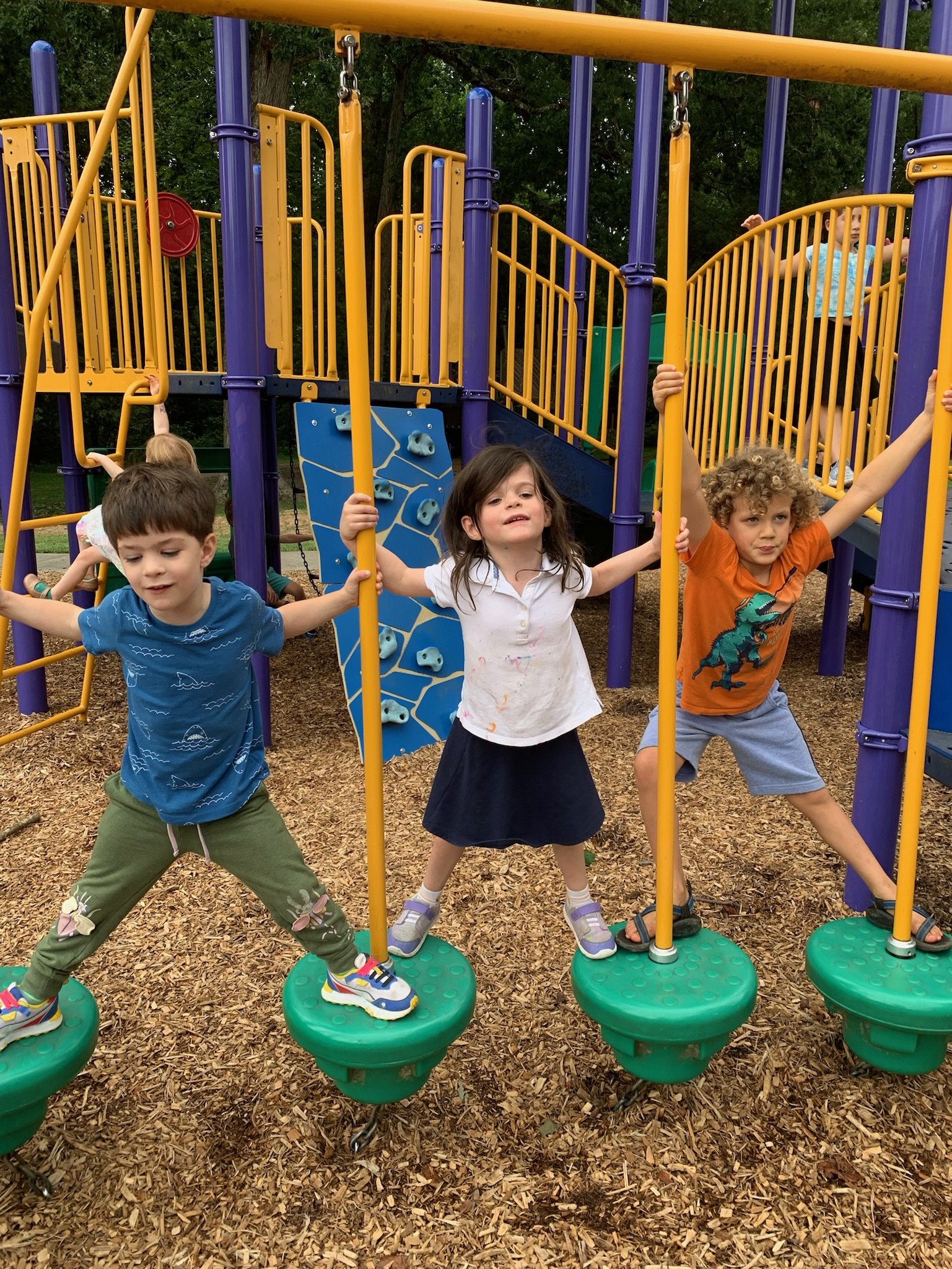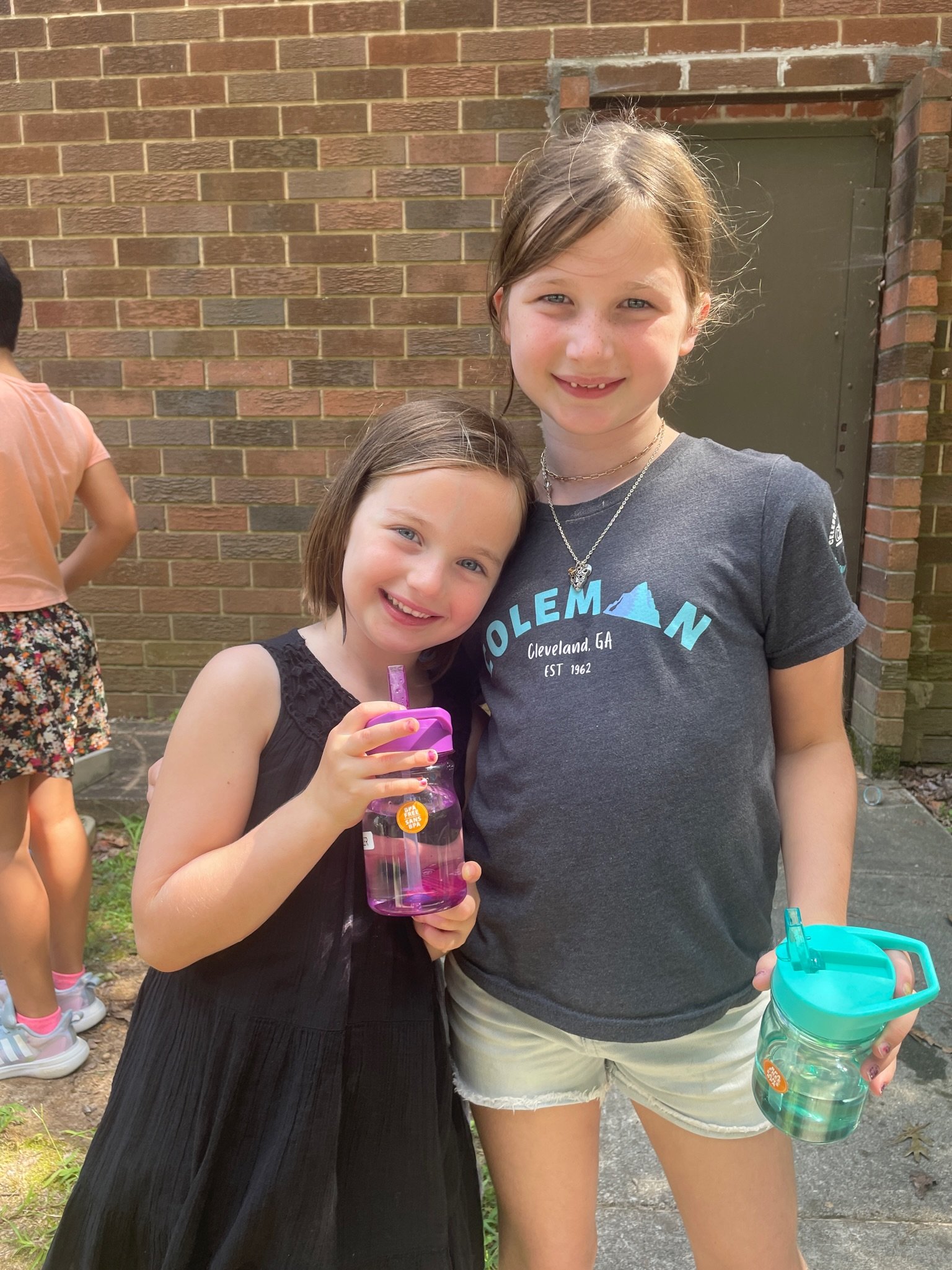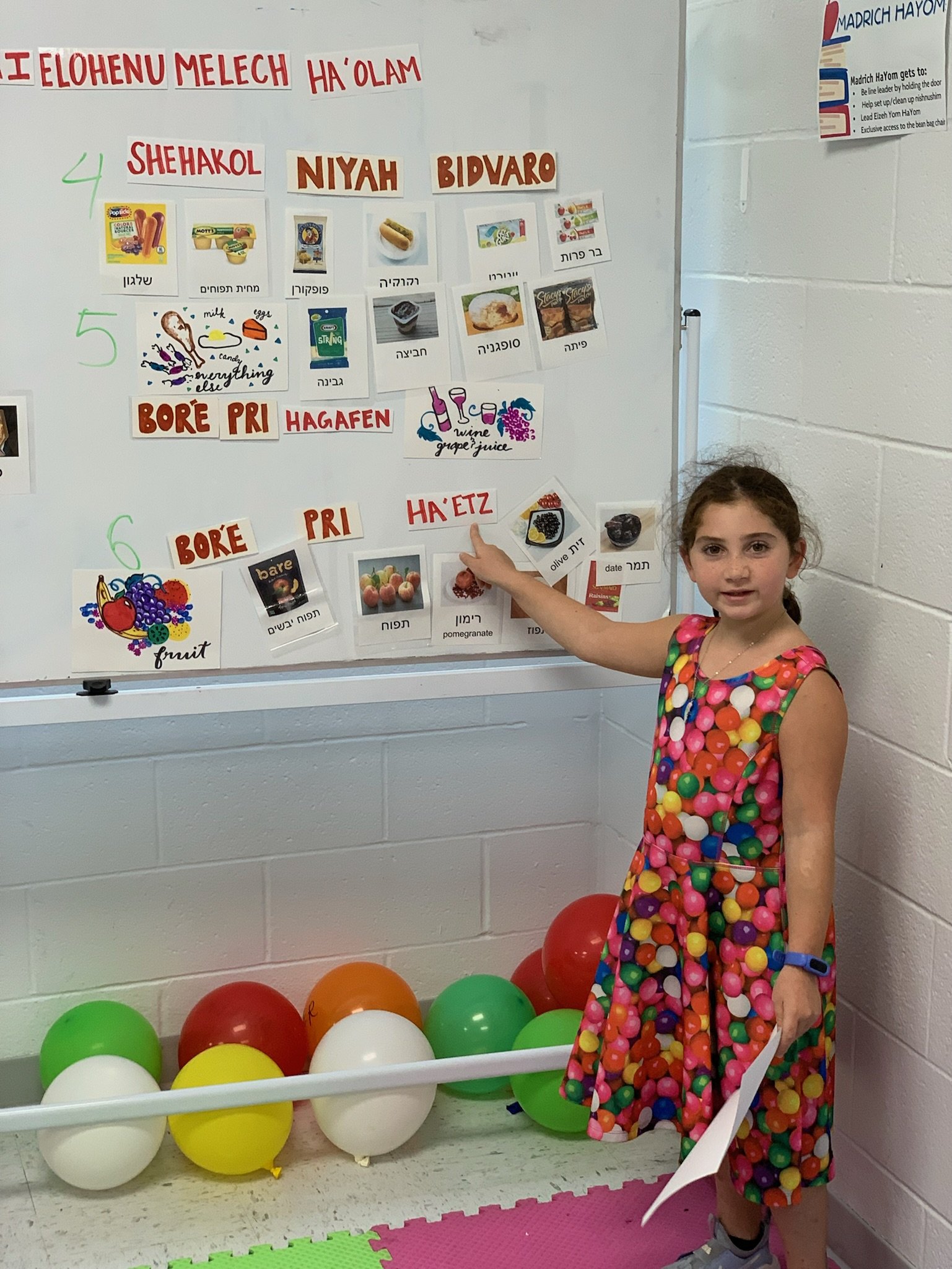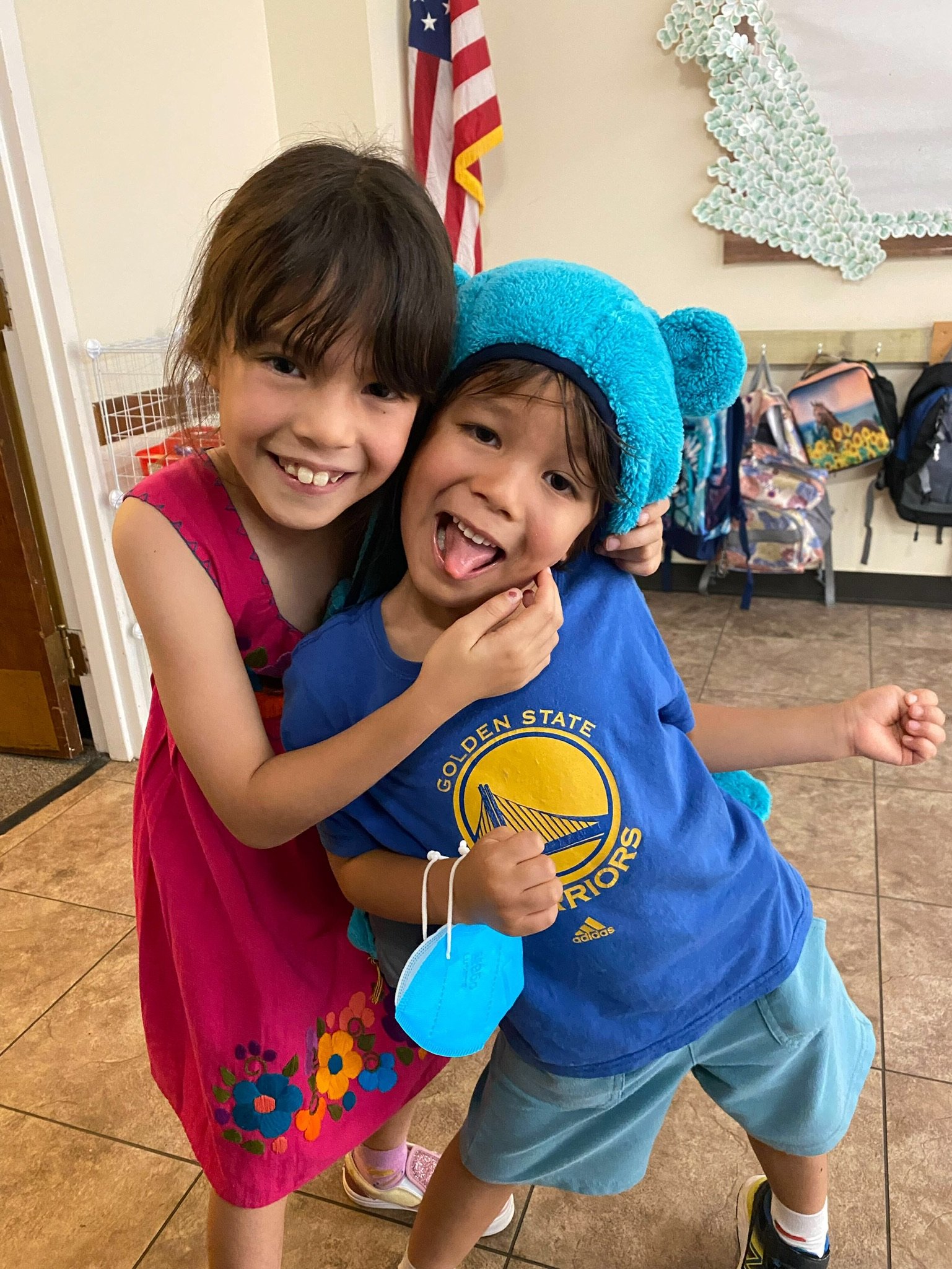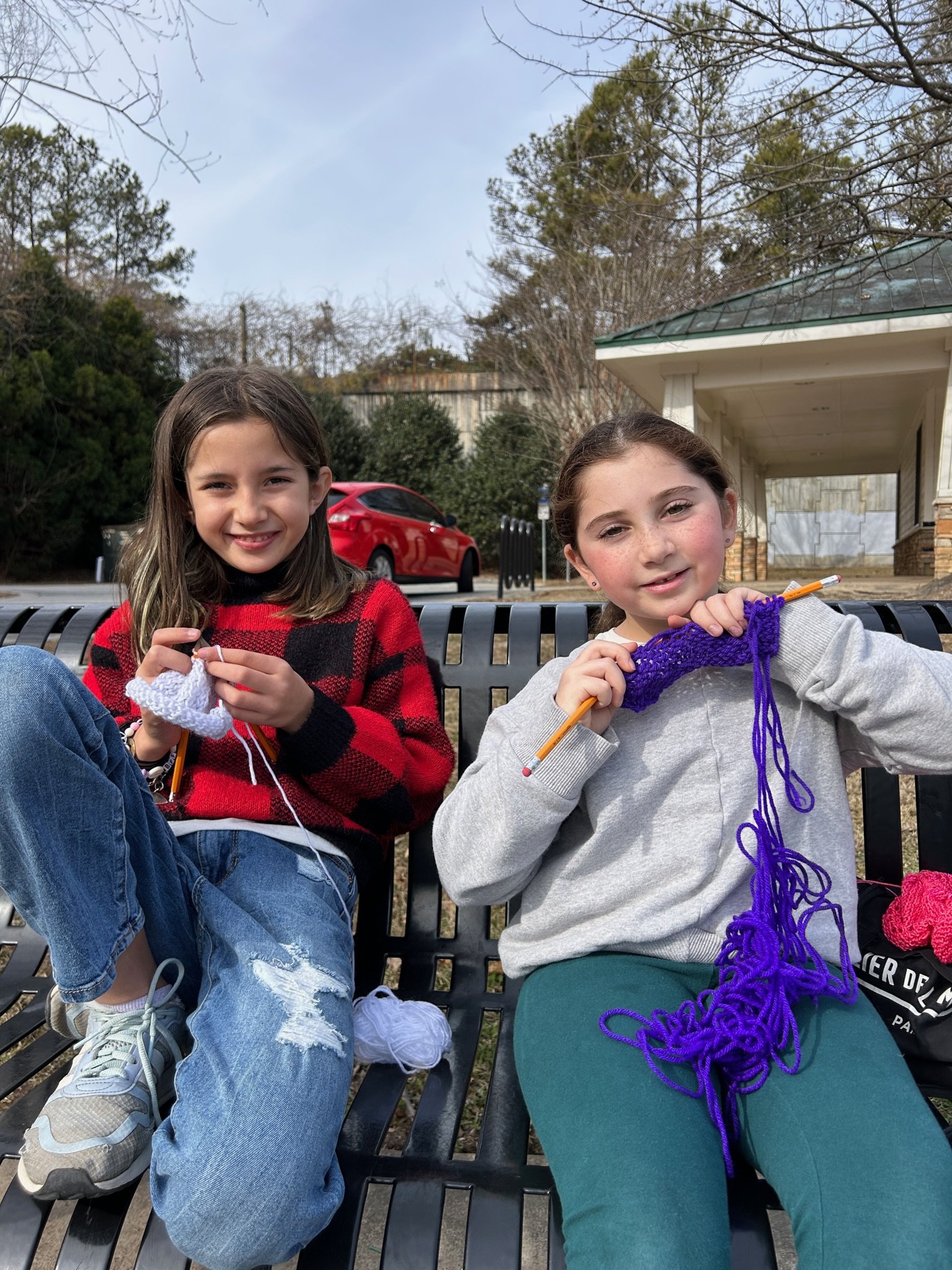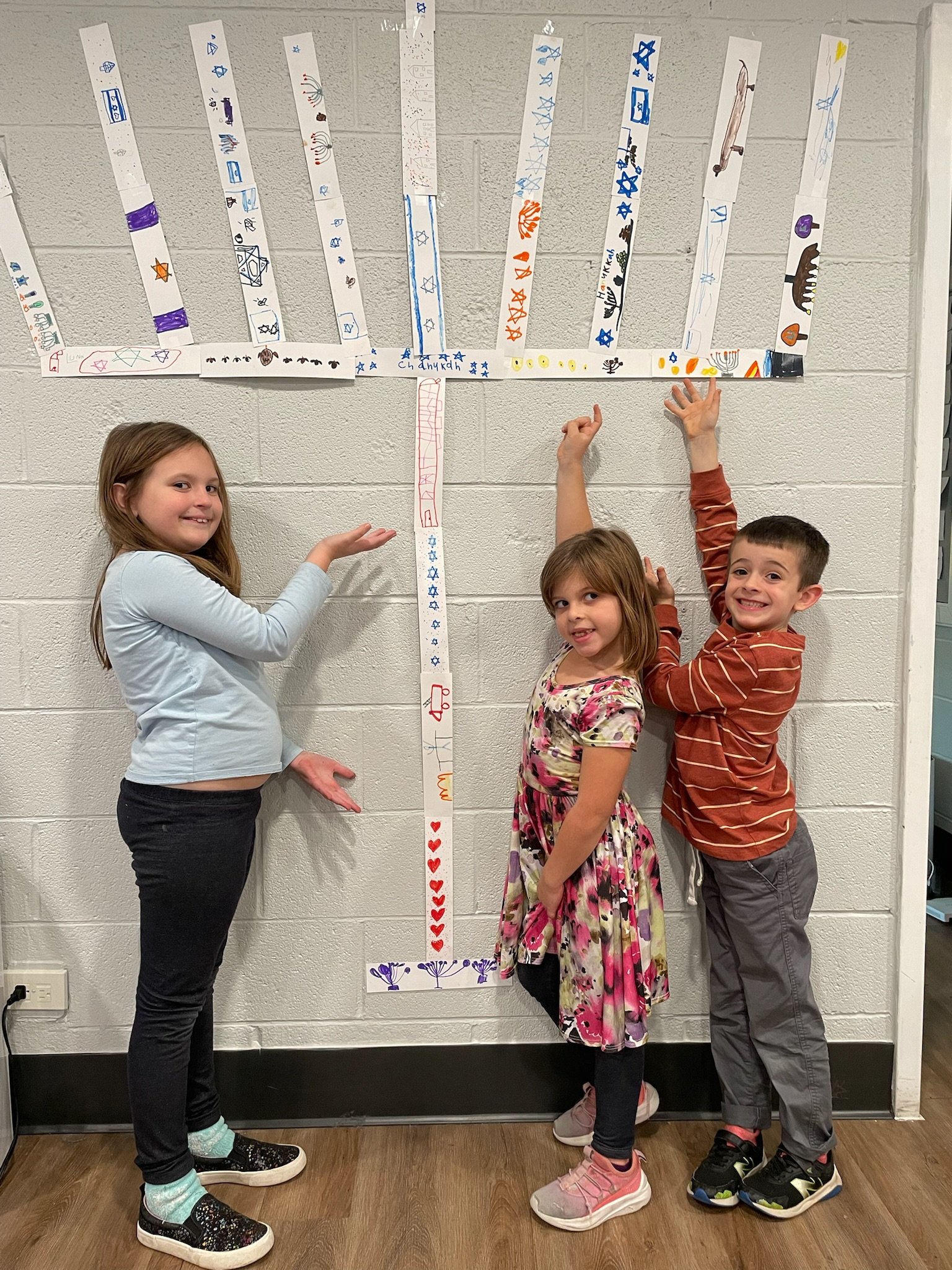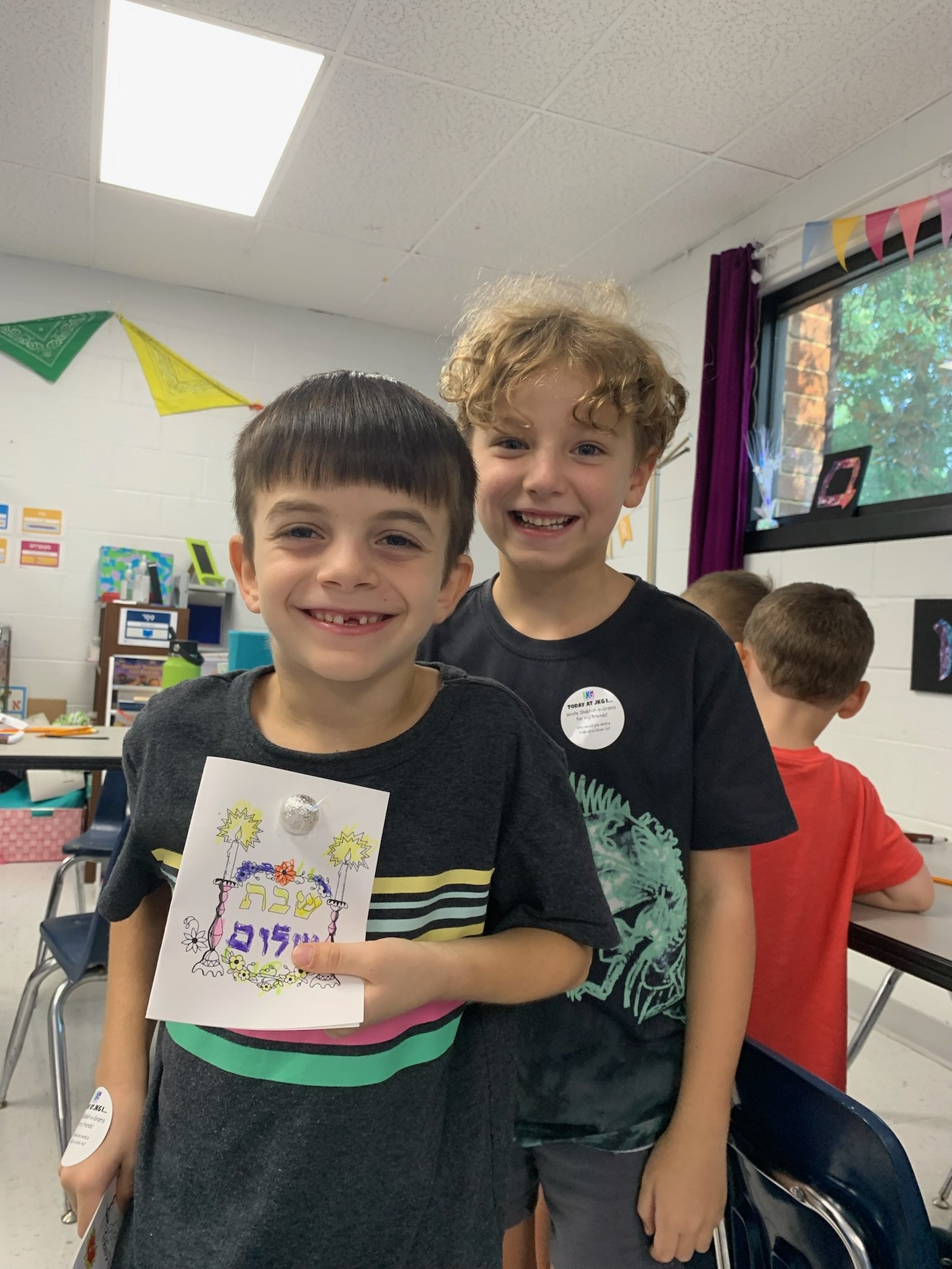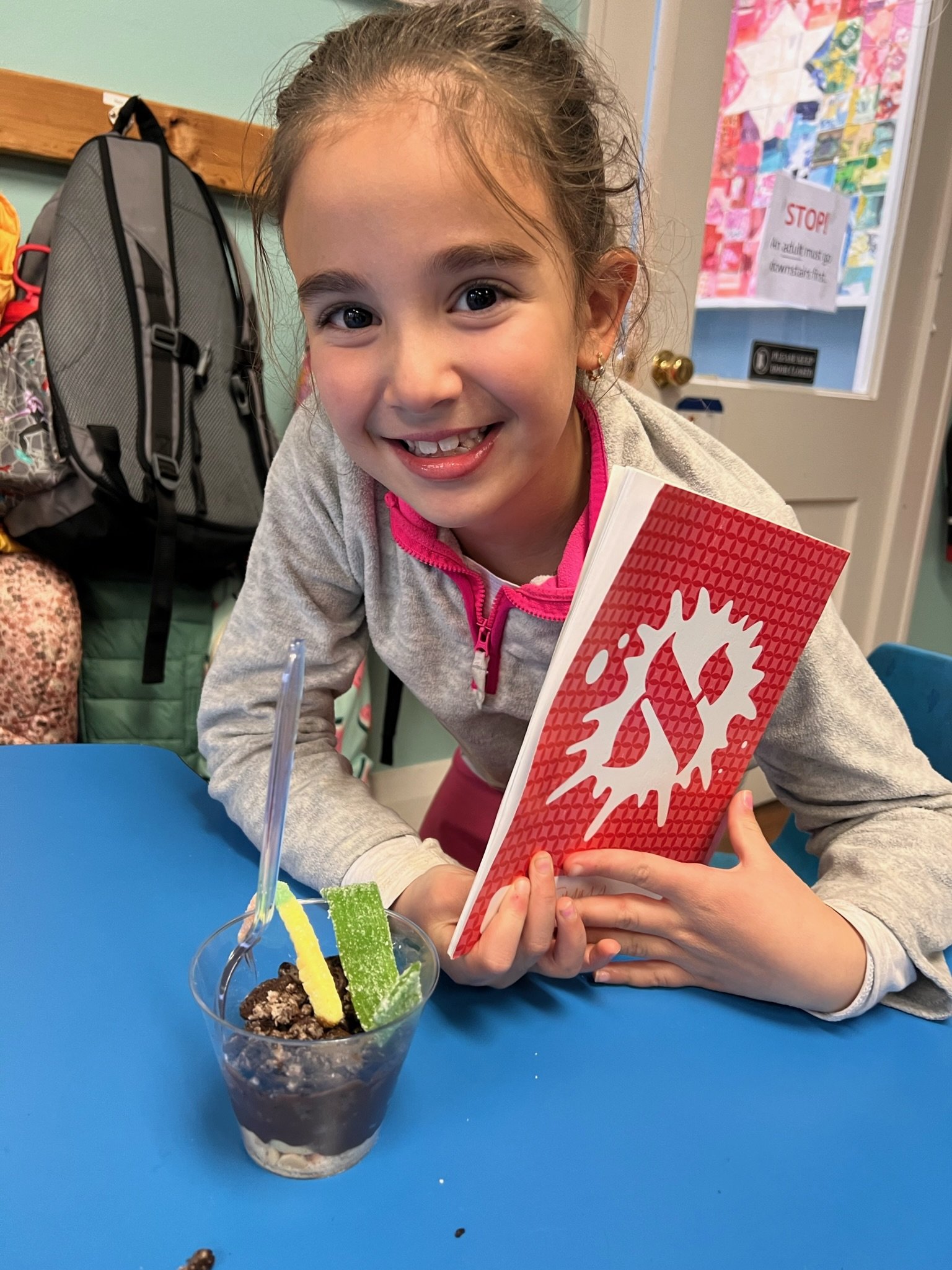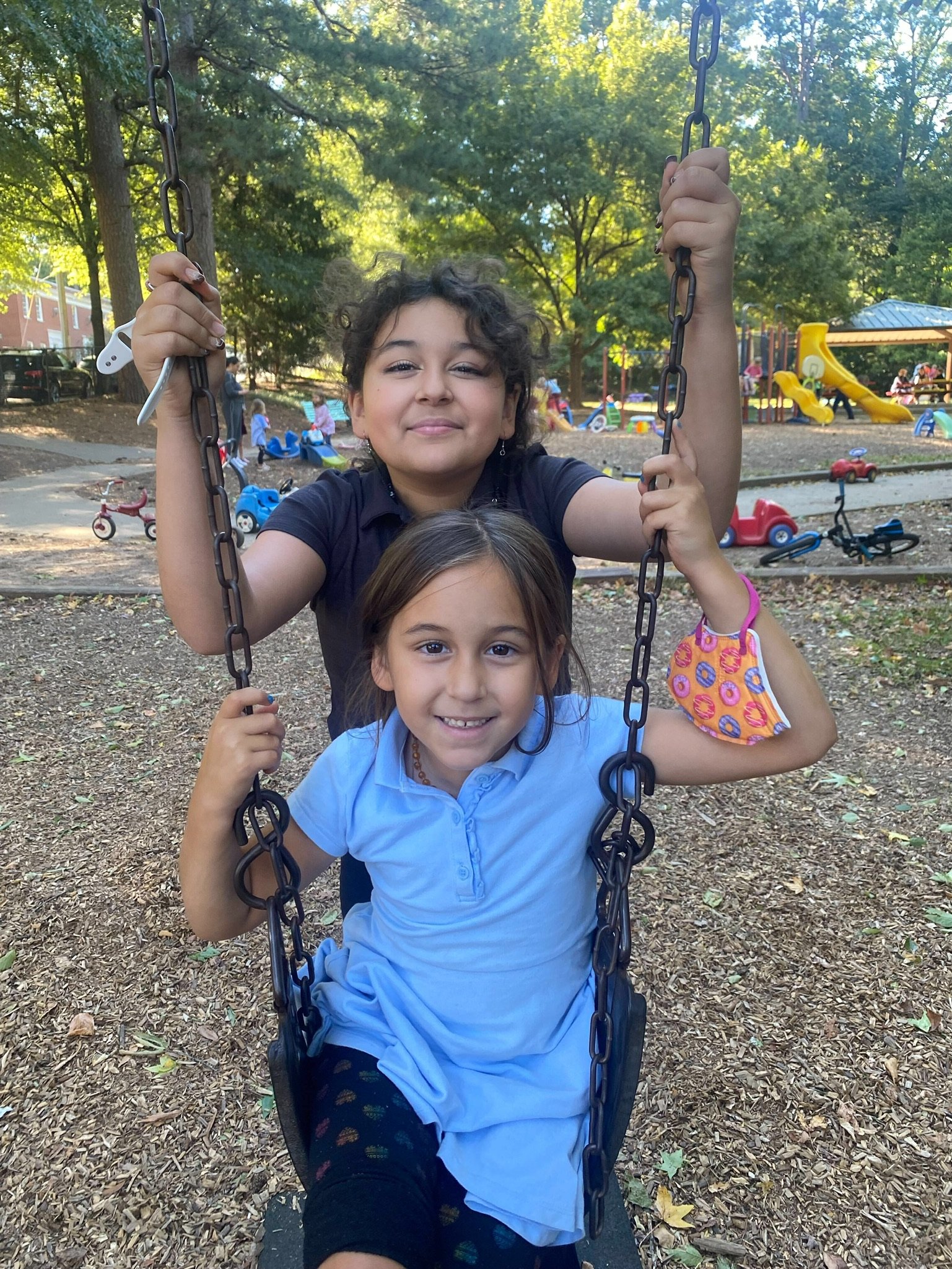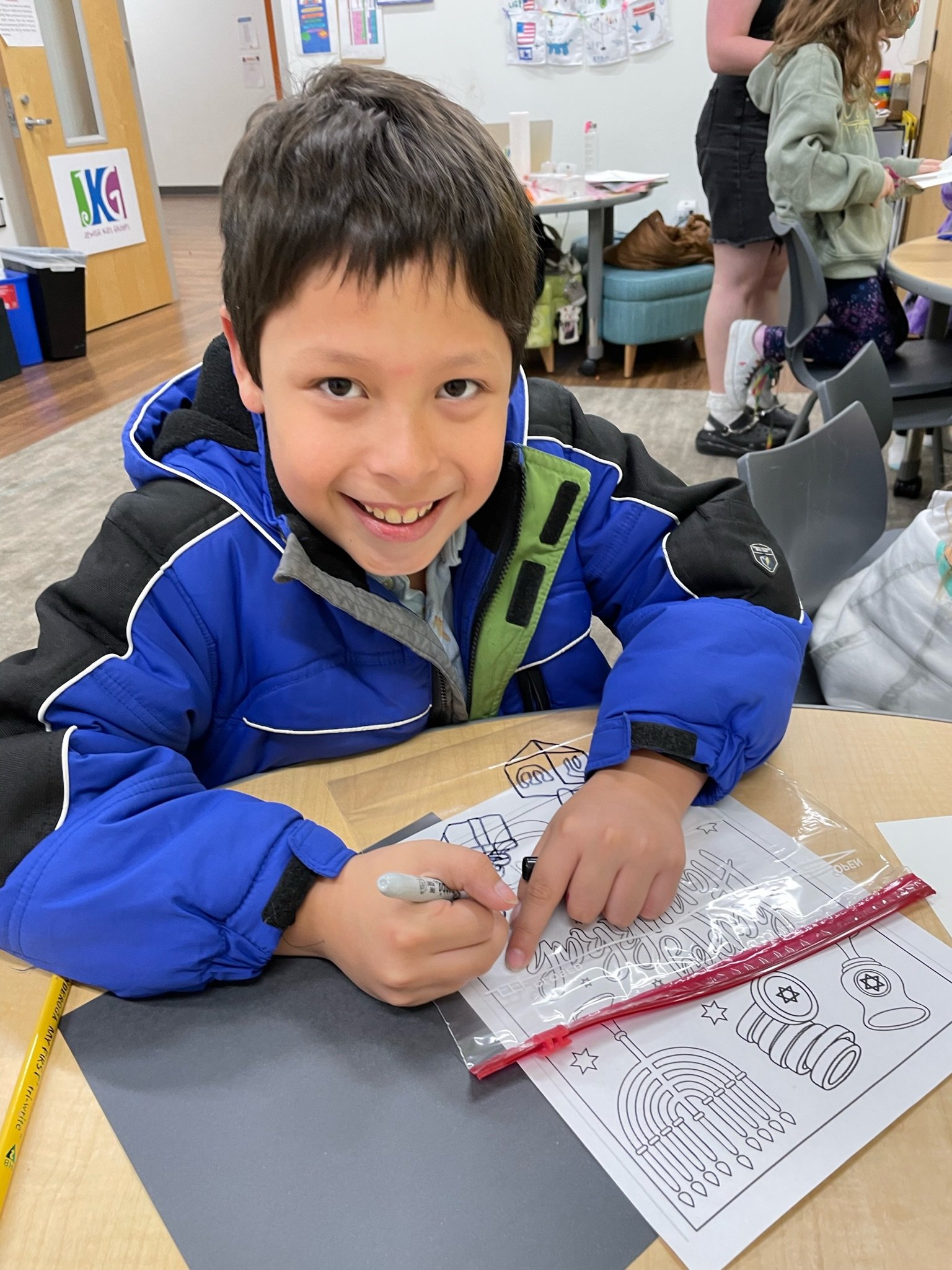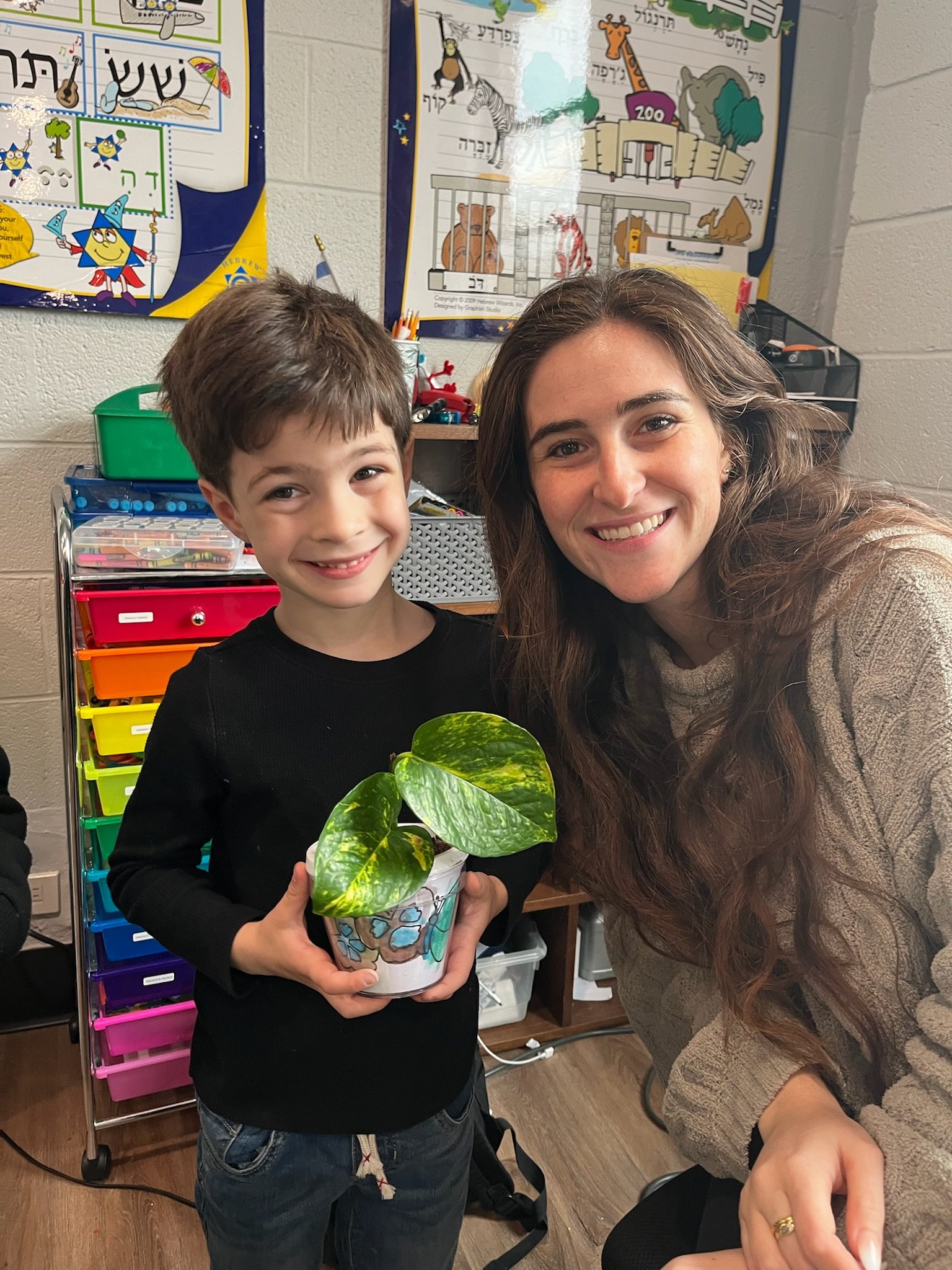JKG Educational Goals and Philosophy
JKG provides a nurturing space where children can grow intellectually, spiritually, and socially. Through an engaging, values-driven curriculum, we help students connect with their Jewish heritage, explore their creativity, and build lifelong friendships in a vibrant, inclusive environment.
Educational Goals
Provide Thick Jewish Content: Provide meaningful tachlis engagement with Jewish rituals, history, peoplehood, diversity, culture, Israel, and Hebrew language for students in kindergarten through 10th grade.
Engage in Joyful Jewish Learning: Engender joyous, fun, and exciting learning that puts children at the center. (Think summer camp, every day after school.)
Foster Authentic Jewish Identity: Nurture students to develop a positive Jewish identity and an interest in lifelong Jewish learning and engagement.
Meet Learners at Their Level. Guide Them to Greater Insight: Reach students at their current level of knowledge and work with them to achieve new depth and understanding.
Build a Compassionate Jewish Community: Develop understanding, camaraderie, empathy, and compassion within and between our students as it relates to learning in classrooms with different types of learners at different levels and ages.
Champion Diversity: Underscore the importance of Jewish diversity through inclusive programming that celebrates a wide range of observances and beliefs.
Nurture Responsible Jewish Citizens: Build productive and giving citizens who see themselves as a piece in a larger puzzle.
Educational Philosophies
Experiential Learning
Exodus 24:7: נַעֲשֶׂ֥ה וְנִשְׁמָֽע / “We will do, and we will [therefore] understand”
John Dewey's Experience and Education: learning through active engagement and hands-on experience prove highly effective in educational settings.
Learning Rooted in Creative and Collaborative Inquiry
Mishnah Pirkei Avot 1:6: עֲשֵׂה לְךָ רַב, וּקְנֵה לְךָ חָבֵר / “Find yourself a teacher, and acquire yourself a peer”
Vygotsky’s Zone of Proximal Development and Targeted Instruction: There exists a space between what a learner can do without assistance and what a learner can do with adult guidance or in collaboration with more capable peers.
Pedagogy of Choice
Talmud Avoda Zara 19a: אֵין אָדָם לוֹמֵד תּוֹרָה אֶלָּא מִמָּקוֹם שֶׁלִּבּוֹ חָפֵץ / “A person can only learn from a place that their heart desires”
William Glasser’s Choice Theory in Education: Student choice engages them in their own learning and maturation.
William James’ The Will, Native Reactions, and Associations: Activating a person’s will unlocks their learning potential, and engaging a student’s native reactions will spark their participation in learning
Spiral Curriculum through Jewish Value Lenses
Mishnah Pirkei Avot 5:22: בֶּן בַּג בַּג אוֹמֵר, הֲפֹךְ בָּהּ וַהֲפֹךְ בָּהּ, דְּכֹלָּא בָהּ / “Ben Bag Bag said, ‘turn it, and turn it, and turn it again; for everything is in it’”
Bruner's Spiral Curriculum: Repeat and deepen content over time through different learning lenses.
Bloom’s taxonomy: Increase and assess depth of knowledge through different levels of inquiry.
Backwards Design
Mishnah Pirkei Avot 3:1: עֲקַבְיָא בֶן מַהֲלַלְאֵל אוֹמֵר… דַּע מֵאַיִן בָּאתָ, וּלְאָן אַתָּה הוֹלֵךְ / “Akabyah ben Mahalelel said… know from where you come, and where you are going.”
Understanding By Design: Set clear learning goals first, and build scaffolding to those goals; “What do I want them to know by the end of the course?”
